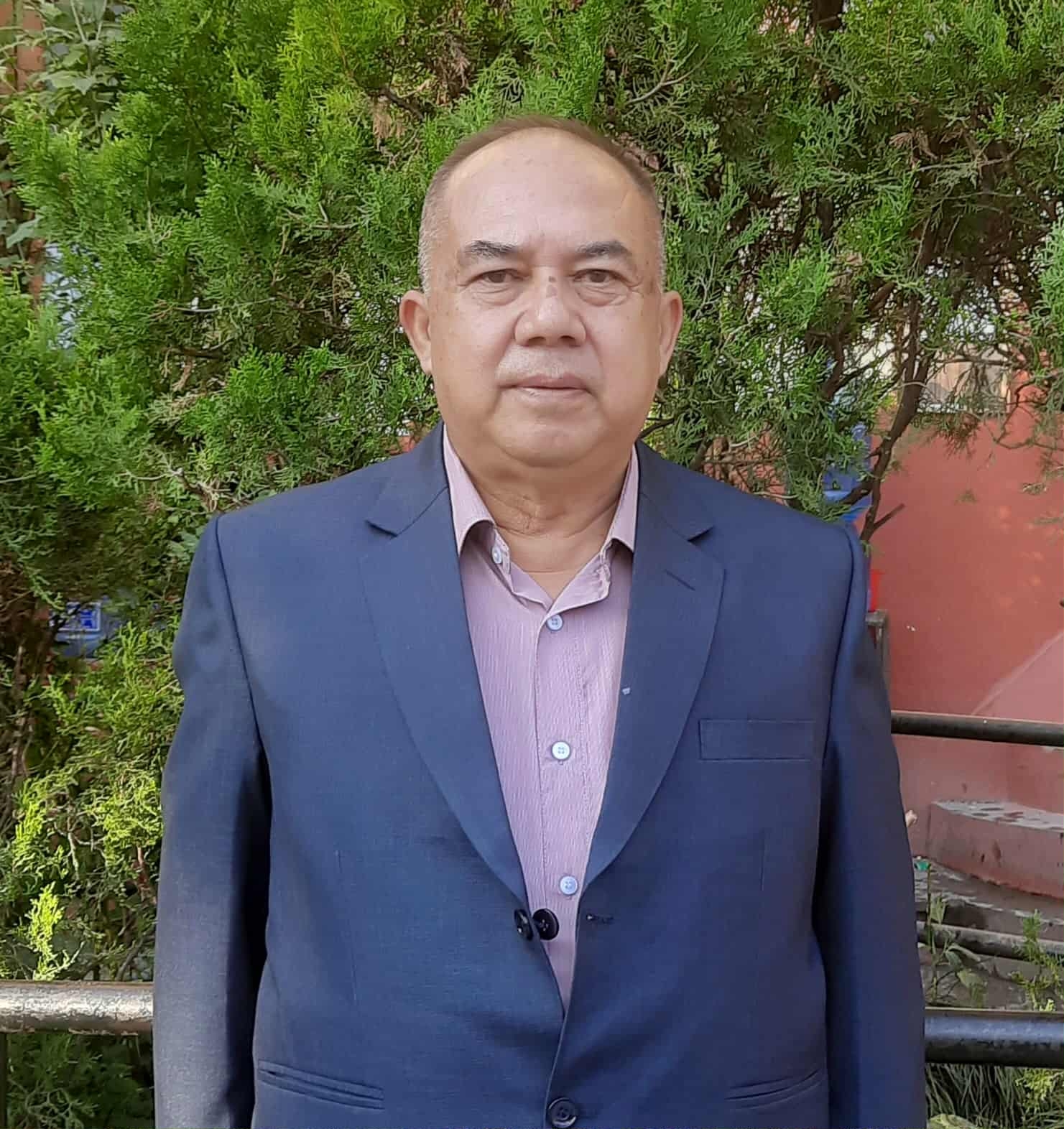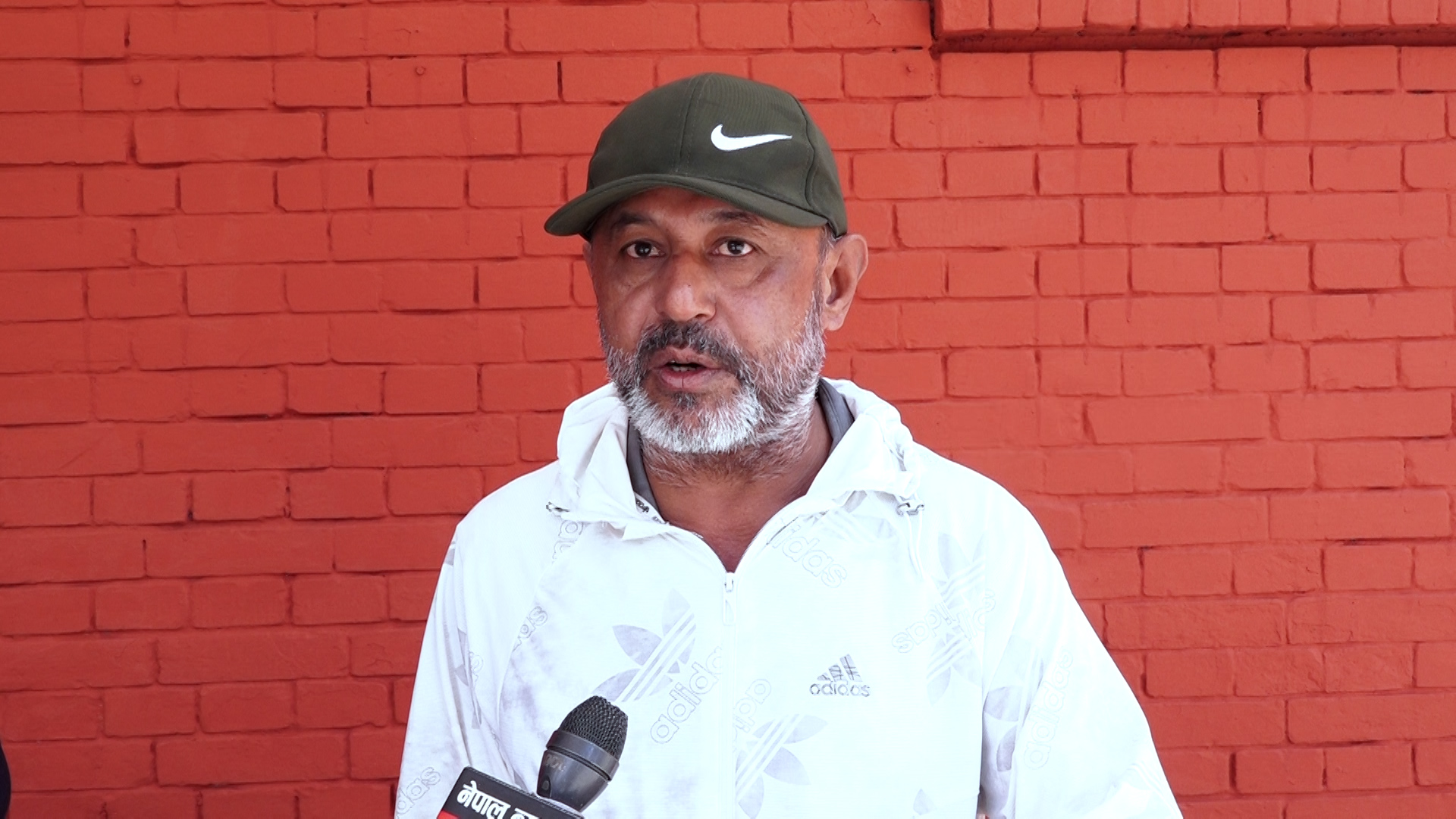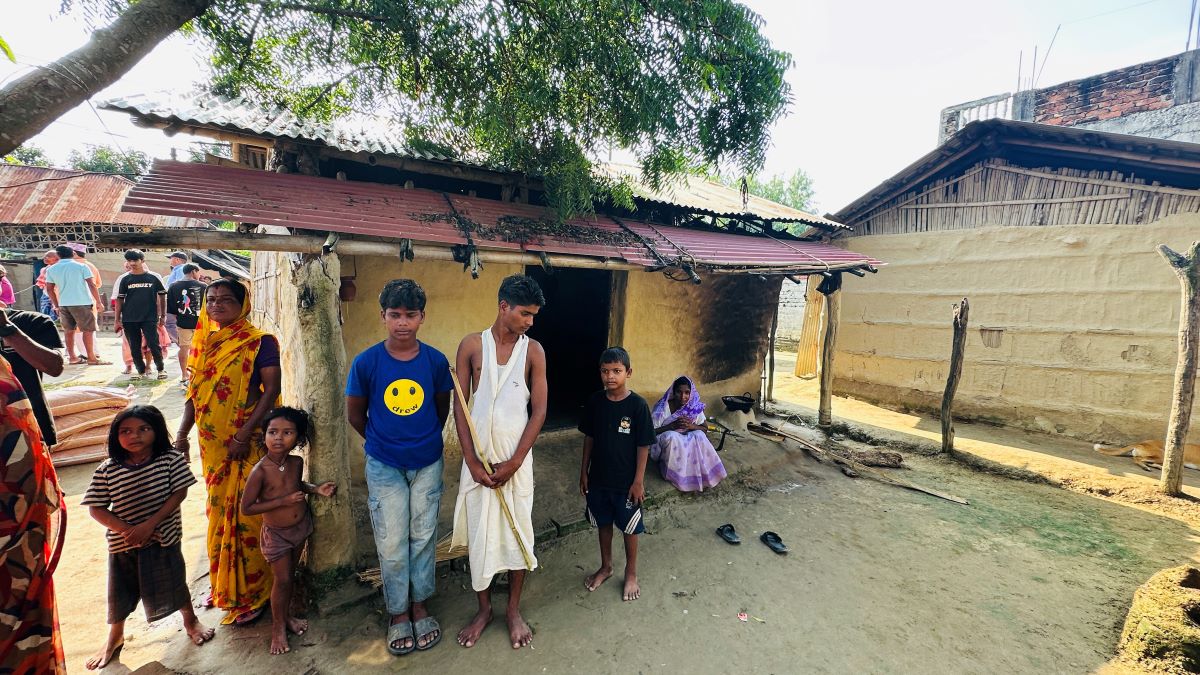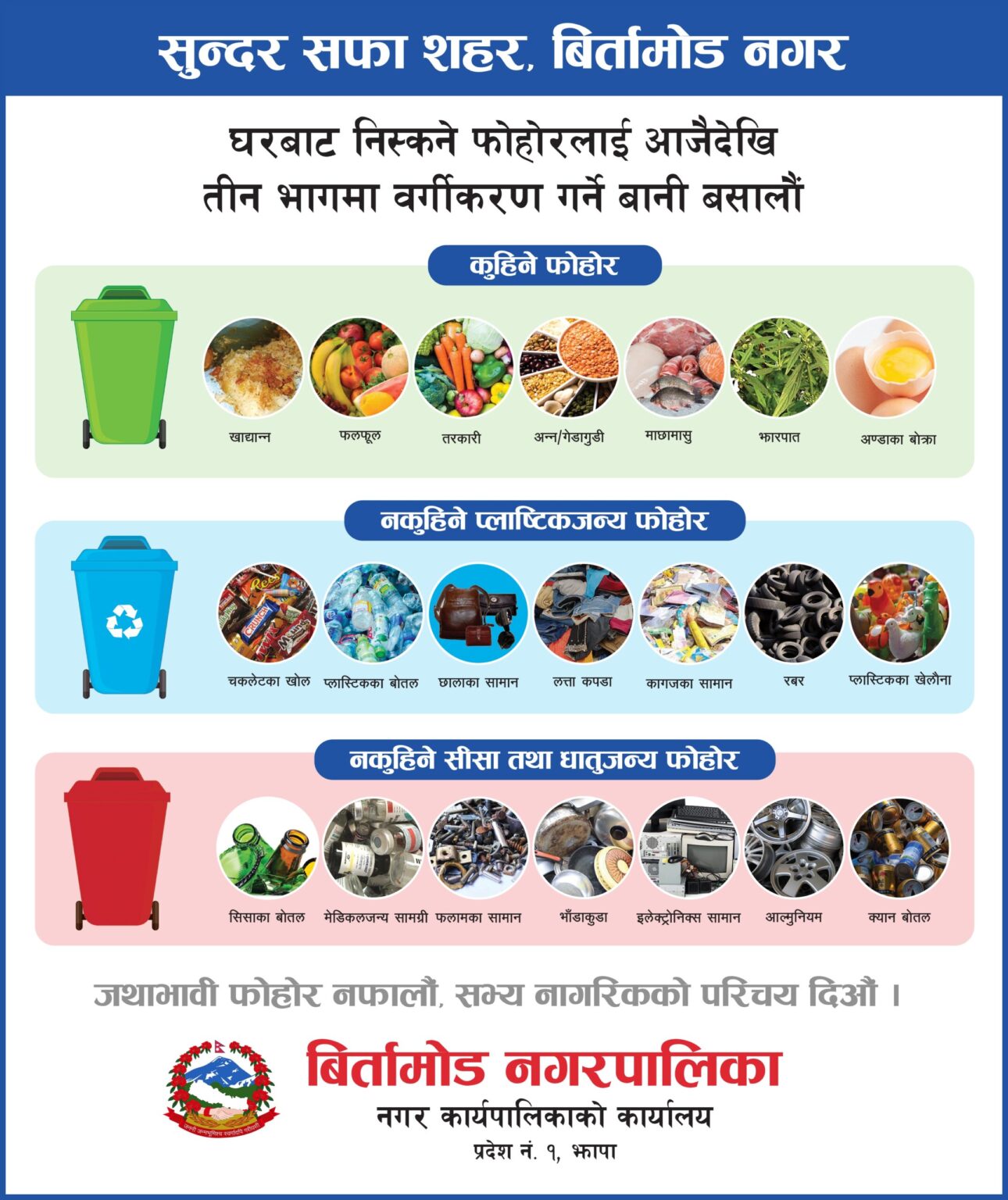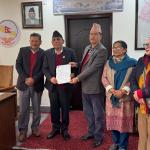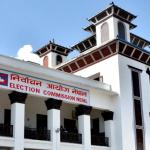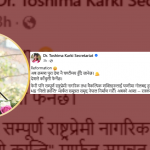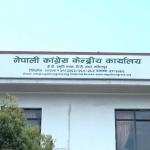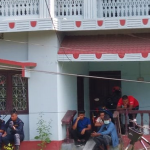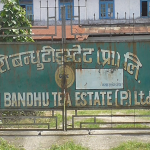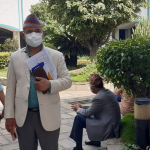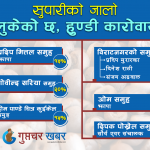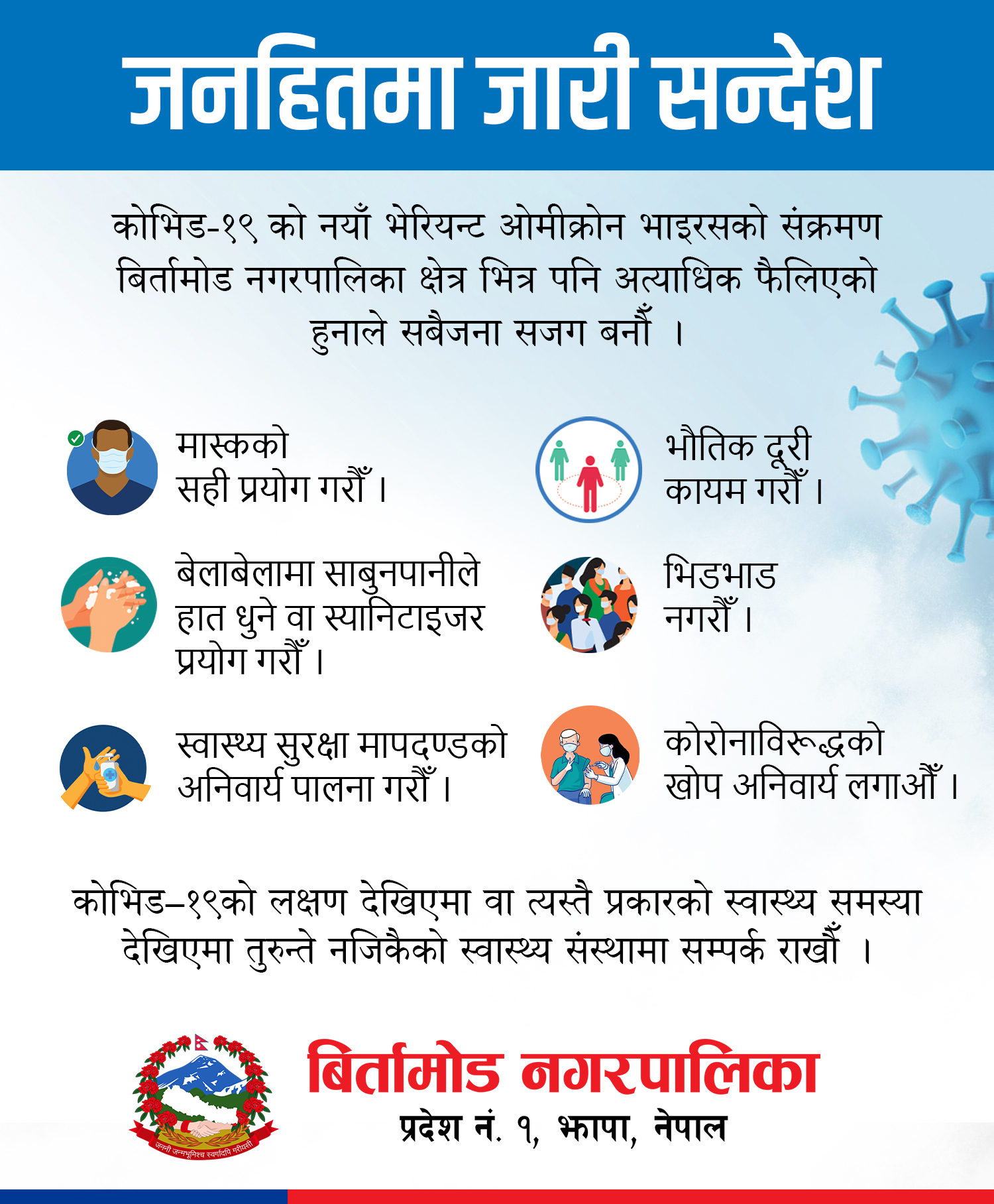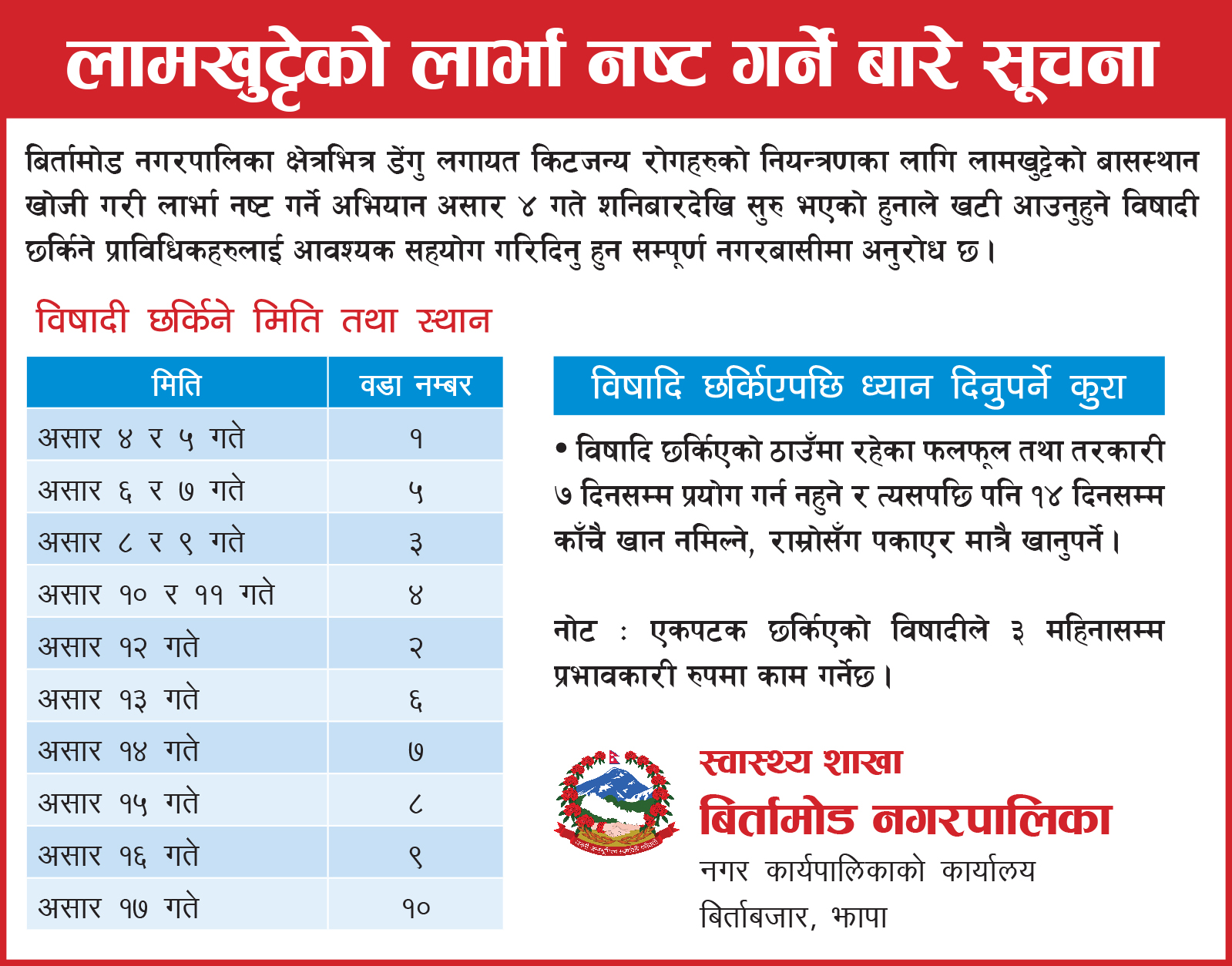A
newly published research article in the esteemed Asia-Pacific Journal of
Public Health has provided valuable insights into the patterns of
healthcare use among individuals with type 2 diabetes mellitus in Nepal. The
research, led by Grish Paudel from Central Queensland University, Australia,
provides critical insights into how type 2 diabetes patients in Nepal interact
with diabetes-related healthcare services for diabetes management.
Existing evidence has shown that people with diabetes tend to visit physicians or health care providers, specialists, and emergency rooms more frequently than those without diabetes and are also more likely to be hospitalized. The study led by Mr. Paudel involved a comprehensive survey of 481 individuals diagnosed with type 2 diabetes from Kavrepalanchowk and Nuwakot districts to examine the healthcare service use for diabetes management in Nepal. Key findings indicate that visits to healthcare facilities among the people with T2DM within the last 6 months was 66.1% followed by specialist visits (3.5%), hospitalization (2.1%), and emergency department visits (1.9%). The use of available healthcare services related to diabetes (health facility visits or service provider visits or visits to specialists) is reasonably low. Despite the lower use of healthcare services, the hospital admission rate and emergency department visit are too low which might be associated with good practices of diabetes self-care behaviours.
Mr. Paudel emphasizes the importance of proactive diabetes management to reduce the reliance on emergency services and hospital admission. "Our findings suggest that the uptake of available diabetes-related services is low. Identification of underlying causes of lower use of healthcare services would help to improve the use of healthcare services. Attending routine check-ups and practicing self-management behaviours can significantly improve the glycated haemoglobin level (HbA1c) and prevent or delay the progression of associated complications. This can ultimately contribute to improving the health outcomes of individuals with type 2 diabetes and also reduces the burden on healthcare systems," said Mr. Paudel.
The
study's authors conclude that the utilization
of health care services among people with T2DM in Nepal was reasonably low.
Identifying the underlying causes of low use of health care services is of
great importance to bridge the gap in health care service use and management of
diabetes.
For more detailed information, readers can access the full article in the March 2024 issue of the Asia Pacific Journal of Public Health or simply click on the link provided.
Link for the full text: https://journals.sagepub.com/doi/full/10.1177/10105395241236058).
Article of Grish Paudel



